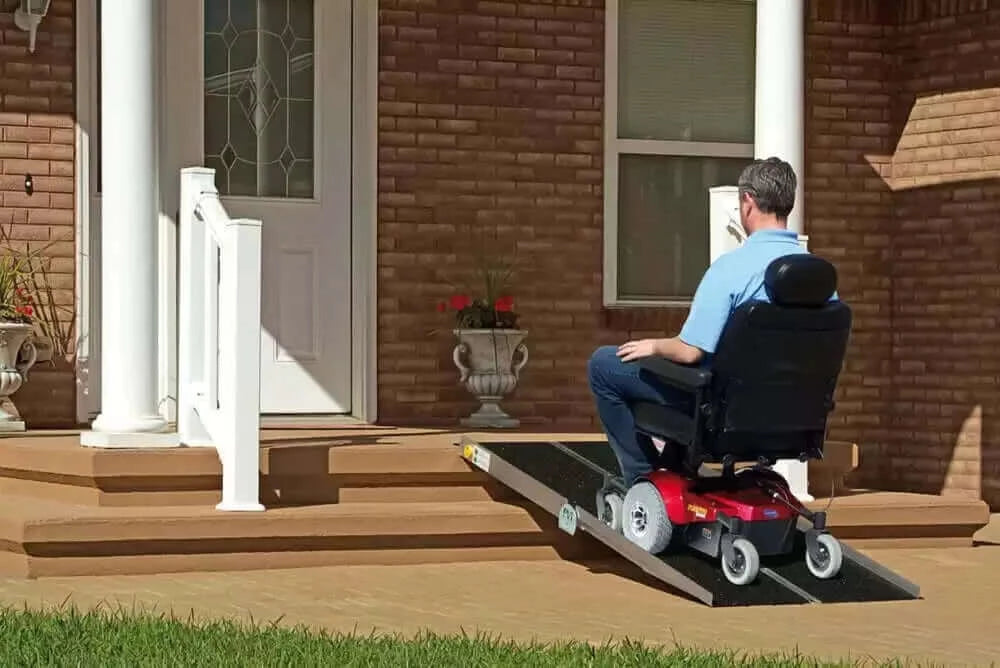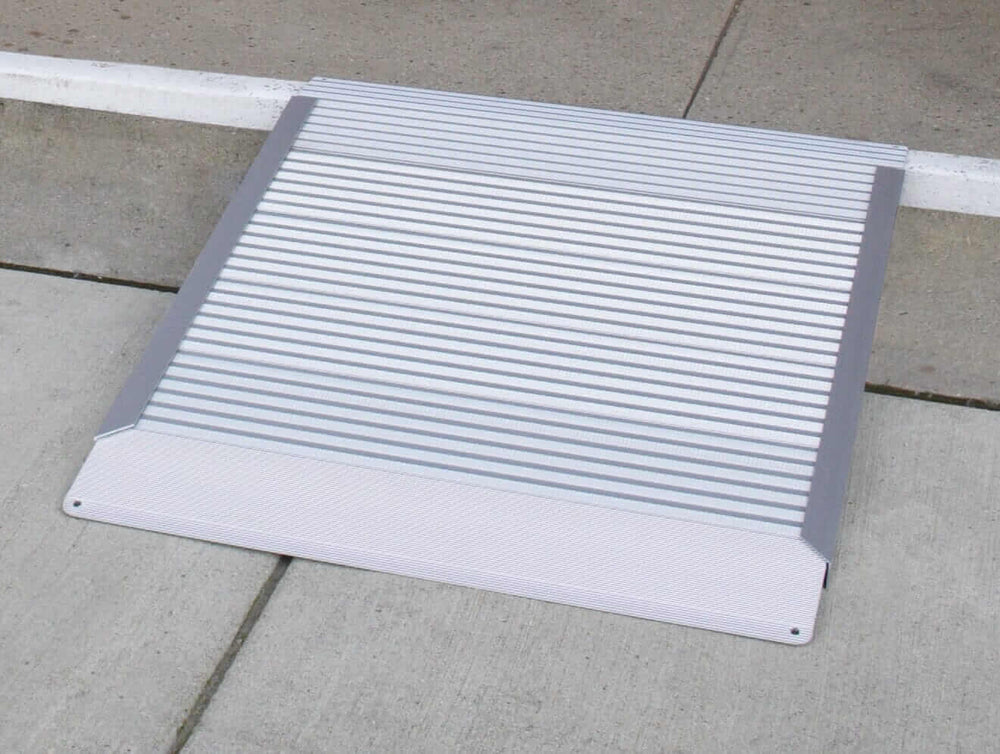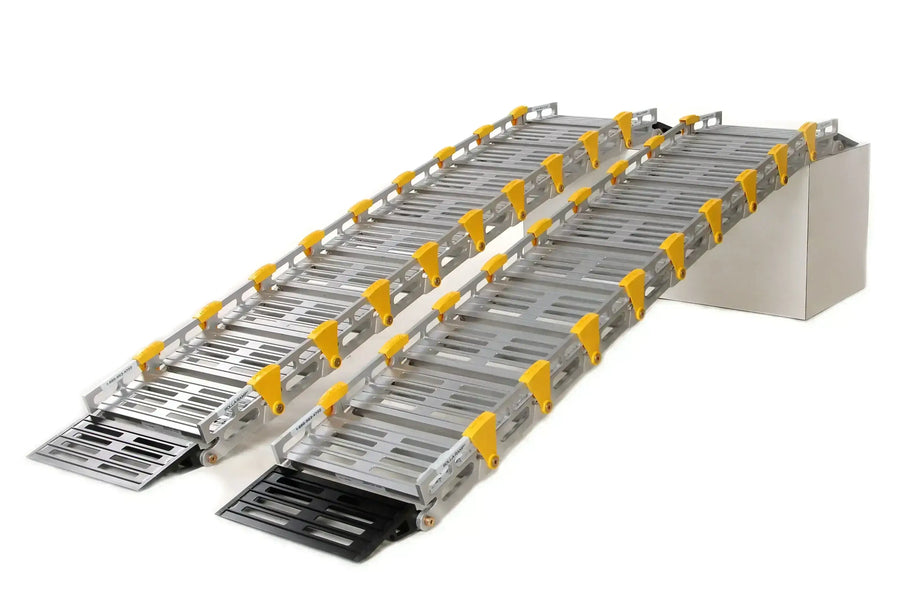Why Scooter Ramps Are a Must-Have in Today’s Accessibility Solutions
In today’s world, ensuring accessibility for all is more crucial than ever, especially for those who rely on mobility aids like scooters and wheelchairs. One key component of modern accessibility is the ramp for scooter and wheelchair use, which significantly improves mobility for individuals facing physical challenges.
This blog explores the role of ramps for mobility scooters and wheelchairs in enhancing accessibility, their benefits, and how they contribute to a more inclusive society.

Understanding Accessibility in Today’s Society
Accessibility is a fundamental right, ensuring that everyone, regardless of physical ability, can easily navigate both public and private spaces. In a society striving for inclusivity, it’s crucial to recognize and address the varying needs of individuals. Ramps for disabled people serve as vital connectors between environments, particularly as urban areas grow more complex. By incorporating portable ramps and disability ramps for home, communities can create accessible spaces that cater to everyone.
Moreover, accessibility goes beyond physical structures. It's about challenging societal norms and misconceptions about disabilities. By integrating wheelchair and ramp solutions, we not only promote physical access but also foster a culture of inclusion and equity. Communities that invest in tools like portable disabled ramps or aluminum disability ramps demonstrate a commitment to inclusivity, moving beyond mere legal compliance to creating spaces where all citizens can thrive.
The Role of Scooter and Wheelchair Ramps in Enhancing Mobility
Ramps for wheelchairs and scooters play a critical role in improving mobility for those with physical limitations. They eliminate barriers, making navigation between different levels smoother and safer. Whether in public spaces, residential areas, or commercial establishments, wheelchair handicap ramps and movable wheelchair ramps provide individuals with the freedom to interact fully with their environment.
Over the years, the design of handicap wheelchair ramps has evolved to meet diverse needs. Modern ramps, such as portable wheelchair ramps for steps and threshold ramps, come in a range of materials, from aluminum ramps to rubber ramps. These materials ensure durability while seamlessly fitting into indoor or outdoor settings. In emergencies, such as evacuations, a well-placed portable ramp for stairs can be a lifesaver, allowing individuals to exit quickly and safely.
Types of Ramps for Scooters and Wheelchairs
There are many types of wheelchair ramps available today, each designed for specific uses. Portable wheelchair ramps are ideal for those needing flexibility. These foldable wheelchair ramps can be carried easily, making them perfect for use with vehicles or temporary events. For more permanent solutions, handicap ramps for homes or metal ramps for houses provide long-term accessibility, typically made from durable materials like aluminum or wood.
Specialized ramps, such as threshold ramps for wheelchairs, bridge small height differences in doorways, providing smooth transitions between rooms. For more significant changes in elevation, a stair ramp portable or handicap ramp for van may be necessary. Whatever the need, the wide variety of ramp wheelchair ramp options ensures that individuals can find a solution that meets their specific mobility requirements.
Installing Ramps: Considerations and Best Practices
Installing wheelchair ramps for homes requires careful planning to ensure both safety and usability. Key factors include the slope, material, and intended use. For example, portable handicap ramps for stairs need to meet specific angle requirements to ensure safe passage. Consulting professionals who specialize in accessibility ramps can help ensure that installations comply with ADA ramp guidelines and local regulations.
Additionally, engaging with community members who use scooters or wheelchairs on ramps can help ensure the ramps meet their actual needs. Input from end-users helps tailor solutions, from movable wheelchair ramps to permanent installations, ensuring that the accessibility features truly serve their purpose.
The Importance of Embracing Accessibility
In conclusion, ramps for scooters and wheelchairs are not just practical tools; they are essential for building a more inclusive world. Whether it's a portable wheelchair ramp for stairs or a permanent disability ramp for home, these accessibility solutions play a vital role in creating spaces where everyone can participate fully. As we continue to evolve towards a more inclusive society, investing in ramp solutions ensures that no one is left behind.
Let Us Know What You Think!
Your thoughts and questions are incredibly valuable to us, and we'd love to hear from you. If you have additional insights to share, your comments can spark meaningful discussions and enhance the collective knowledge of our community. Don't hesitate to ask any questions you may have; our team is here to provide answers and engage with you. So, please, take a moment to leave a comment or question below. Your input is much appreciated!















Leave a comment